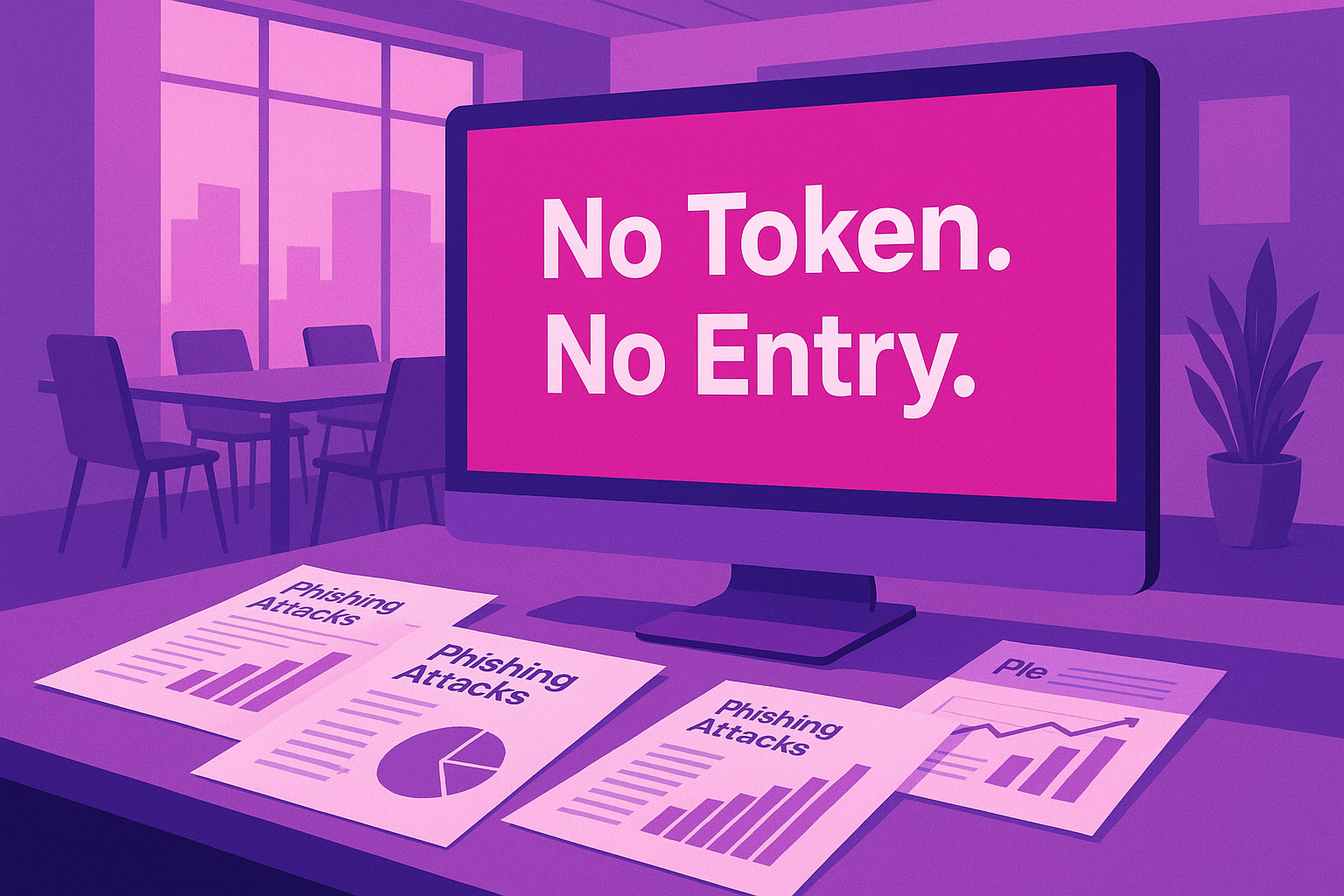No Token. No Entry. Why Social Engineering Hacks Keep Winning and How to Stop Them Cold
By Kevin Surace | 2 minute read
Another day. Another preventable breach. This time it’s a major UK based insurance company, Allianz Life, and the attackers didn’t need zero-day exploits or complex malware. They just talked their way in.
According to BBC reporting, the compromise happened through classic social engineering. The attackers either convinced an employee to hand over a multi-factor authentication credential or successfully impersonated that employee to reset a password through the help desk.
This is not new. It’s happening everywhere. And the problem is simple. Most authentication still relies on human fallibility. If someone can convince a person to click approve, or trick IT support into resetting a password, they are in. Game over.
This is exactly why most forms of MFA and authenticator apps are failing. They were never designed to stand up to a clever voice, a spoofed email, a relay attack or a little pressure from someone who sounds legitimate.
Now for the part that matters most.
None of this works if you are using Token Ring or Token BioStick.
No device. No login. No compromise.
These are physical biometric authenticators that require the user to be present. The authentication is cryptographic and bound to the actual website domain. Even if a hacker knows every password, they cannot log in without your unique Token and your fingerprint.
- You cannot approve a spoofed push request if there is no push request to approve.
- You cannot be tricked into giving a six-digit code if there is no code.
- You cannot be impersonated if your identity is stored in a cryptographic key tied to your own hand.
The breach discussed in the BBC article is just one more in a long list. From healthcare to retail to defense, attackers are bypassing the front door by simply asking to be let in. Legacy MFA lets them. Token does not.
The security industry is spending millions on detection and response. That is important, but let’s be honest. It is a second line of defense. The first line is authentication. If you get that wrong, everything else becomes harder, slower, and more expensive.
If you want to stop breaches like this, you do not need more alerts. You need certainty. You need identity that cannot be faked, phished, or manipulated.
That is what Token provides.
It is time to stop pretending that legacy MFA is enough. It is not. The attackers know it. The victims know it. Now it is time the rest of us admit it and act.
No Token. No entry. That is how we win.
Sign Up
Keep up to date with phishing and ransomware news.
Token will not sell, trade, lease, or rent your personal data to third parties.




